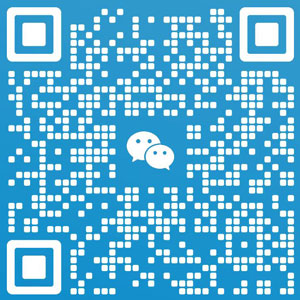2024-07-15 09:54:56
瀏覽數:86
作者:
Cognitive Behavioral Therapy for Insomnia (CBT-I) has been proven as an effective treatment approach for managing insomnia. This therapeutic method involves identifying and modifying negative thought patterns associated with sleep difficulties while adopting healthy sleep habits. Techniques used in CBT-I include stimulus control therapy, which aims at creating a strong association between the bed and sleep; relaxation training to reduce physical and mental tension before bedtime; cognitive restructuring to challenge unhelpful thoughts about sleep; and sleep restriction therapy to increase the drive for uninterrupted sleep.
In addition to CBT-I techniques mentioned earlier that incorporate some relaxation elements like progressive muscle relaxation or deep breathing exercises,
H6: Progressive Muscle Relaxation: This technique involves tensing specific muscle groups in the body then releasing them progressively from head-to-toe or vice-versa. It helps promote physical relaxation that can be beneficial for falling asleep and reducing overall tension.
H6: Deep Breathing Exercises: Controlled, slow deep breathing exercises can help calm the mind and relax the body. By focusing on their breath, individuals experiencing restlessness or insomnia can shift attention away from racing thoughts, eventually leading to a more relaxed state conducive to sleep.
Modifying lifestyle habits is another critical aspect of treating insomnia and restlessness. It includes maintaining a regular sleep schedule by going to bed and waking up at consistent times, creating a relaxing pre-sleep routine (e.g., reading a book or taking a warm bath), avoiding stimulating activities close to bedtime (such as intense exercise or using electronic devices), creating an appropriate sleep environment, limiting caffeine intake, and reducing stress through mindfulness practices like meditation or yoga.
電話:

在線咨詢